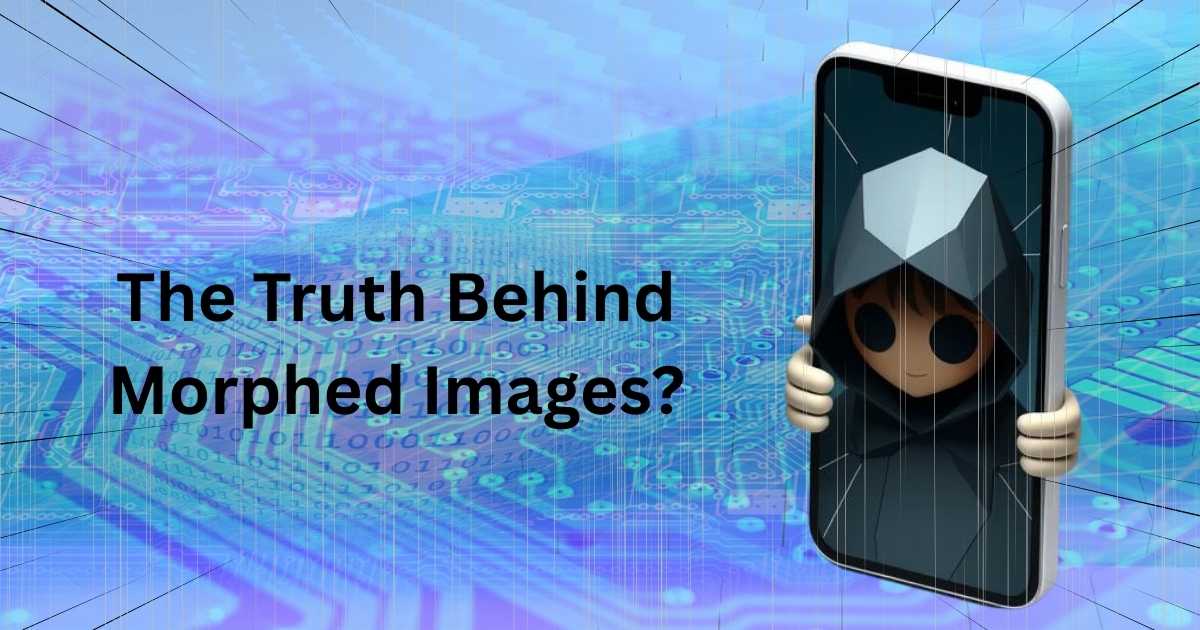· Cyber Law · 3 min read
The Legal Fallout of Morphed Images by Loan Apps: A Real Problem in the Digital World
Loan apps misusing morphed images to threaten borrowers are a growing menace. Learn your legal rights, how to file complaints, and claim compensation.

In recent times, many people have turned to small loans through mobile apps, thinking it’s a quick solution for urgent money needs. But for some, this has become a nightmare — especially when these apps misuse personal data by creating fake or edited photos to threaten and shame borrowers.
Here’s what this really means and what you can do if you or someone you know is facing such harassment.
a) What Are Morphed Images and How Do Loan Apps Use Them?
Morphed images are photos that are altered or edited from your real pictures — often by adding indecent elements or changing the background to make them look embarrassing.
When you download these apps, they usually ask for access to your phone’s gallery, contacts, and camera. Once they get this data, they misuse it.
If someone delays or misses a loan repayment, recovery agents from these apps send fake photos to the borrower and threaten to share them with family, friends, or even on social media. In some cases, they actually carry out these threats. This is a cruel tactic that causes severe mental stress and trauma.
b) Can These Apps Be Punished by Law?
Yes, absolutely. What these loan apps do is not only unethical but illegal.
Most of these apps are not registered or approved by the RBI, which already makes their operations unlawful. If an app threatens you or circulates fake photos, those responsible can face strict legal action under Indian laws.
c) What Laws Protect Victims?
Several Indian laws cover these crimes, including:
IT Act Section 66E – Sharing private photos without permission.
IT Act Section 67 – Circulating obscene or vulgar content online.
IPC Sections 499 & 500 – Defamation, i.e., damaging someone’s reputation.
Section 506 – Criminal threats and intimidation.
Section 354C – Using images to harass women.
Depending on the case, these provisions can be applied together. The new Bharatiya Nyaya Sanhita also strengthens action in such digital crimes.
d) Where Do You File a Complaint?
You can either:
Visit your nearest cyber police station, or
File an online complaint at www.cybercrime.gov.in.
It’s a simple process. You don’t need a lawyer to file. Just explain what happened, provide your details, and attach whatever evidence you have.
e) What Proof Do You Need?
Screenshots of the edited images and messages.
Numbers or names of the people threatening you.
Details of the loan app (name, download link, etc.).
Payment records, if any.
Even if you don’t have all this, don’t hesitate to complain. The police can guide you further.
f) How Does the Police Find the Criminals?
Cyber cells often work with digital forensic experts to trace:
Where the messages originated,
Who created the morphed images, and
Where the app is being operated from (even if outside India).
g) Can You Get Compensation for Harassment?
Yes. If you’ve suffered mental distress, reputational harm, or financial loss, you can also file for compensation. Courts in India have granted financial relief in several such cases, depending on the damage suffered.
h) Have Courts Taken Action in Such Cases Before?
Yes, Indian courts have acted strongly in similar cases. App owners and recovery agents have been arrested, and courts have confirmed that such digital harassment violates a person’s right to dignity and privacy.
Final Words
If you’re facing this, don’t feel scared or ashamed. You haven’t done anything wrong. It’s the app and its agents who are breaking the law.
File a complaint, keep your evidence safe, and seek help. The law is on your side, and justice is possible.

.CxoYk7z-.jpg)
.7k4aTZVf.jpg)
